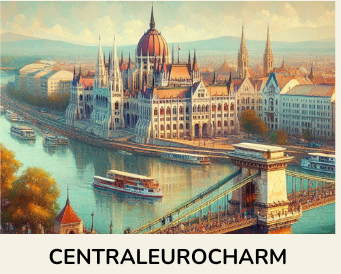Explore Hungary’s rich history — from ancient Magyars and Ottoman rule to revolutions and EU membership. Discover how Hungary shaped Central Europe.
Introduction Hungary’s history is a tapestry of resilience, cultural pride, and survival through centuries of conquest, revolution, and transformation. From the arrival of the Magyars to the 1956 Revolution and modern EU membership, this Central European nation has repeatedly redefined itself. Whether you’re exploring medieval castles or strolling through modern Budapest, history comes alive at every step.
The Arrival of the Magyars and the Birth of Hungary Before the Magyars, Roman Pannonia (now western Hungary) thrived as a trade hub and military frontier. Cities like Aquincum (in present-day Budapest) left behind aqueducts, baths, and roads that would influence future settlements.
Around 895 AD, the Magyars, nomadic horsemen from the Ural Mountains, settled in the Carpathian Basin under Arpád. His dynasty ruled Hungary for centuries. The most notable ruler, King Stephen I, was crowned in 1000 AD. By converting Hungary to Christianity and strengthening Western ties, he laid the foundation for a centralized Christian kingdom. Today, St. Stephen is revered as a national hero and saint.
King Matthias and Hungary’s Golden Age King Matthias Corvinus (r. 1458–1490) led Hungary into a cultural and political Golden Age. He expanded Hungary’s territory through wars against the Holy Roman Empire and the Ottomans. His Black Army, one of Europe’s first professional military forces, protected borders and enforced order.
Matthias was also a Renaissance patron of the arts. He founded the Bibliotheca Corviniana, one of Europe’s greatest libraries, and invited Italian humanists to his court. Despite his effective leadership, his lack of an heir led to instability, yet his reign remains a golden chapter in Hungarian folklore and history.
